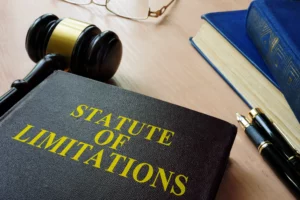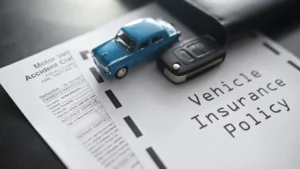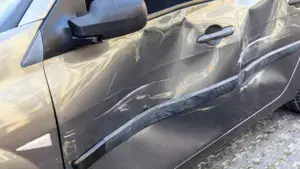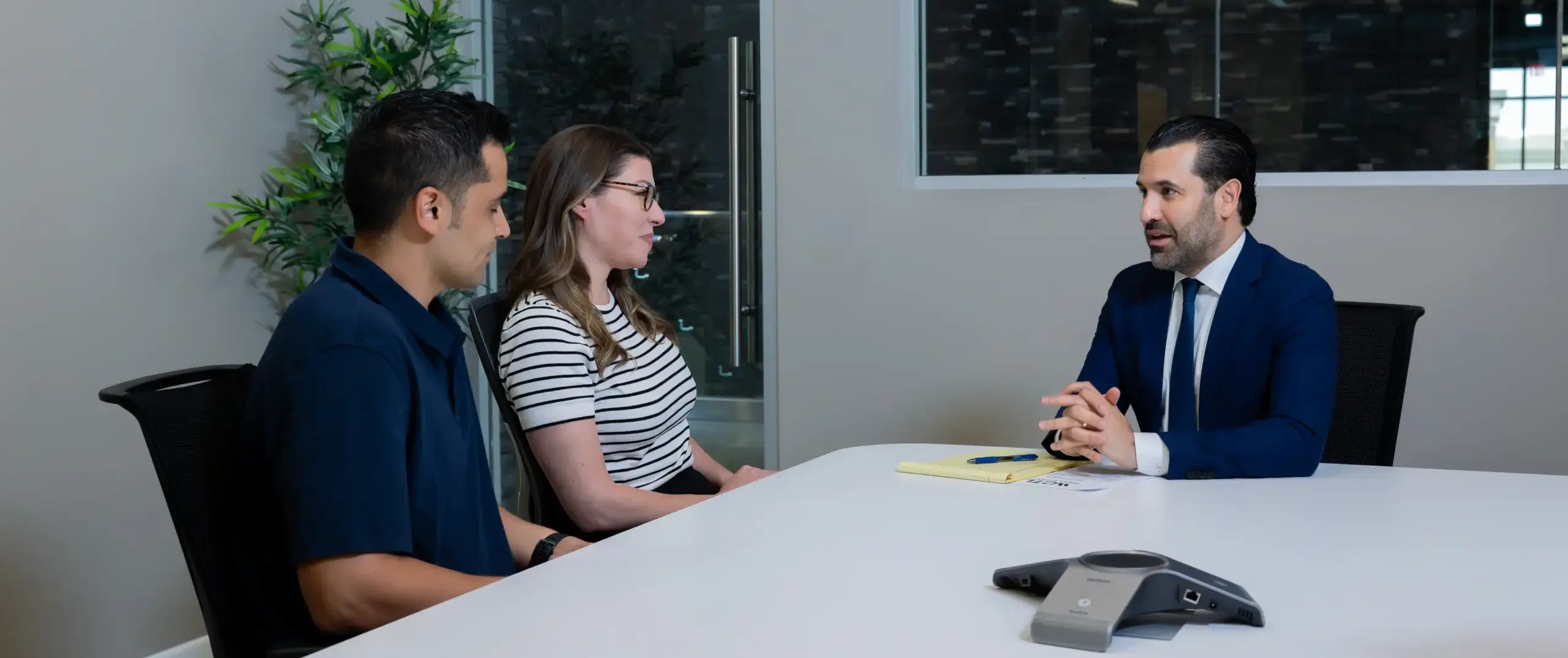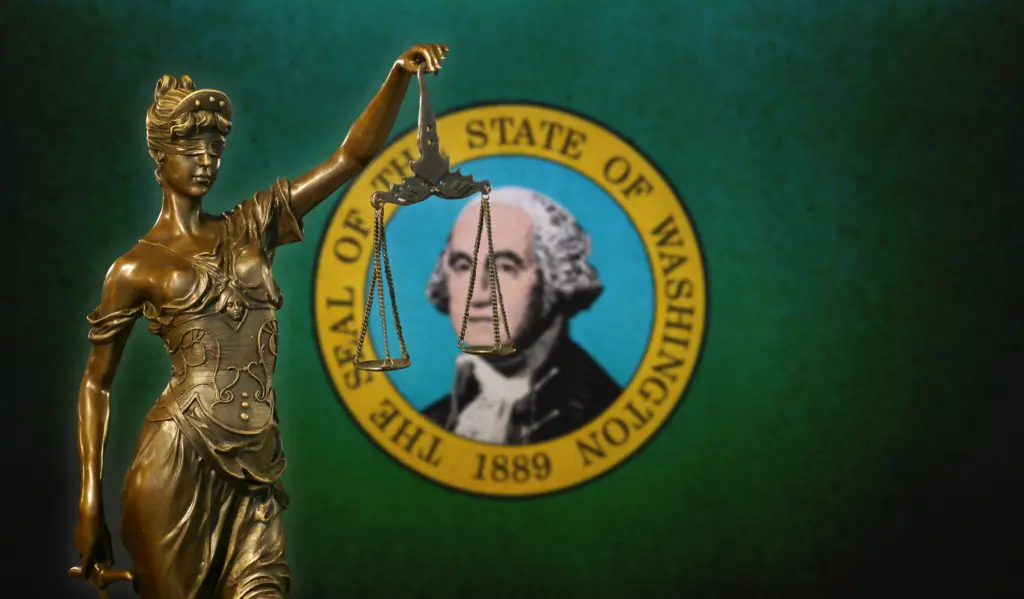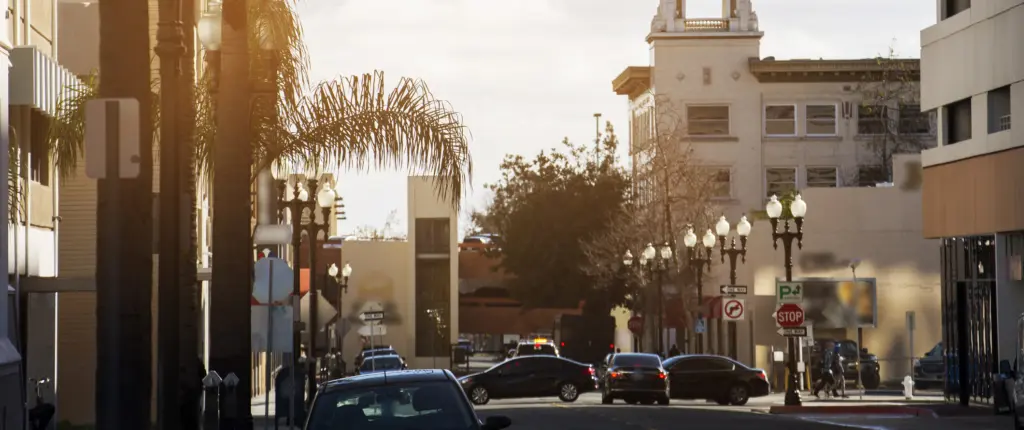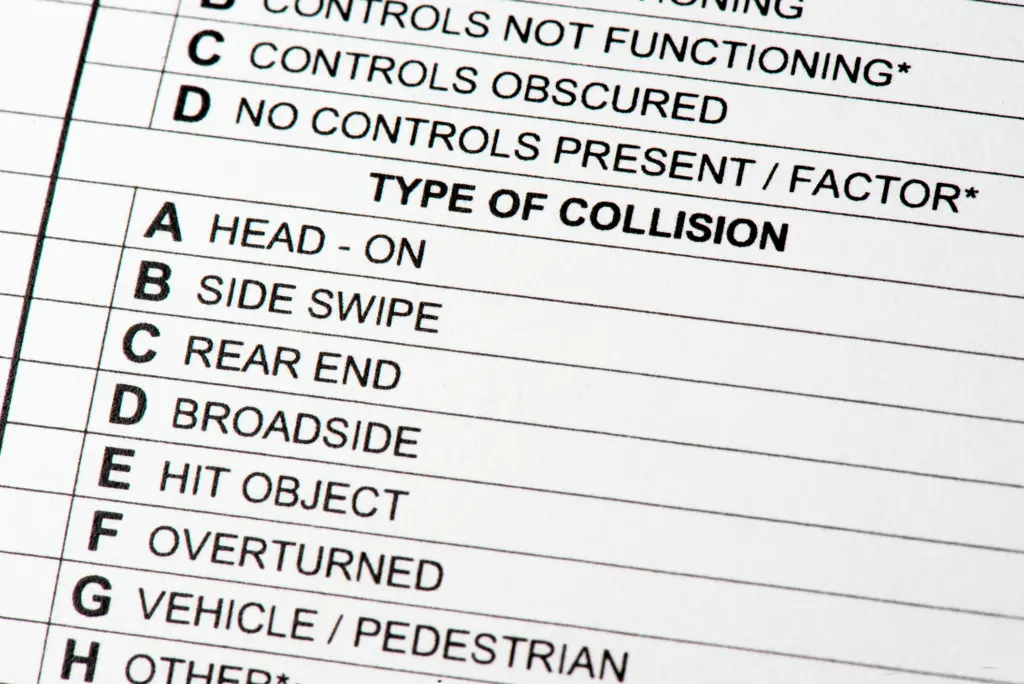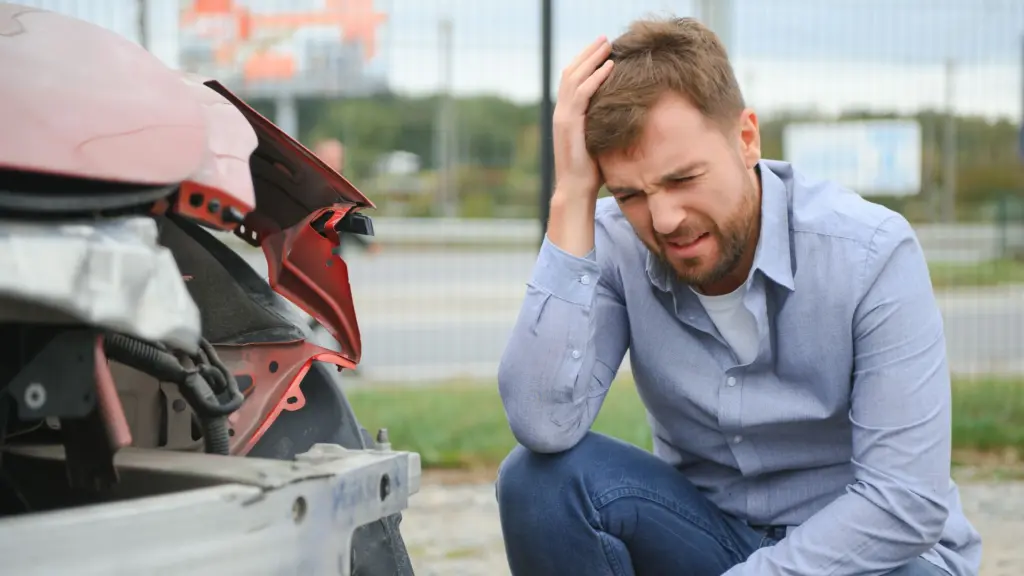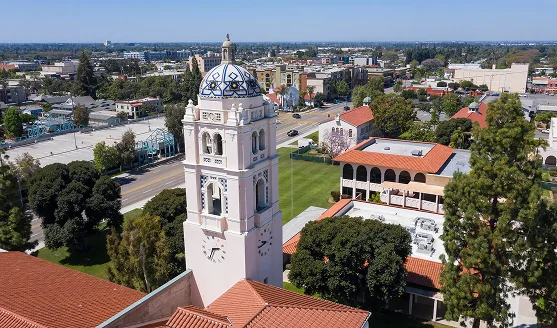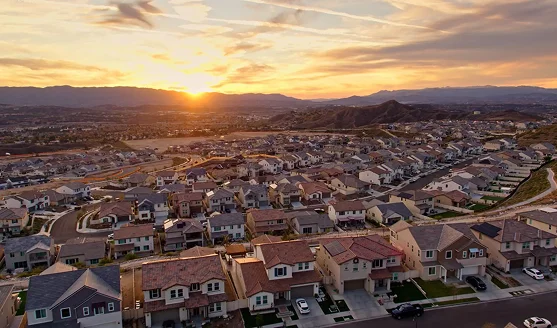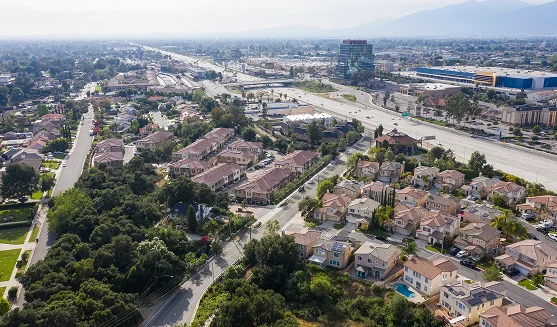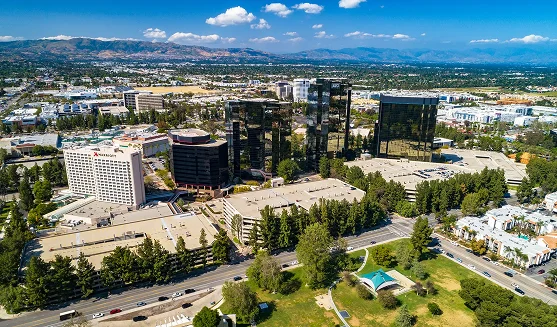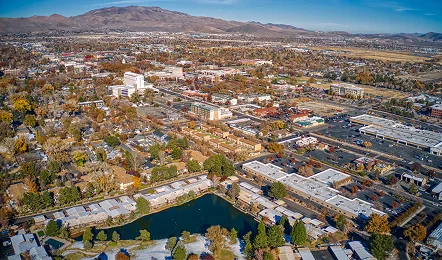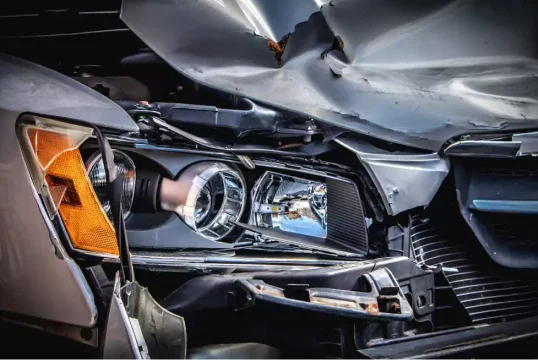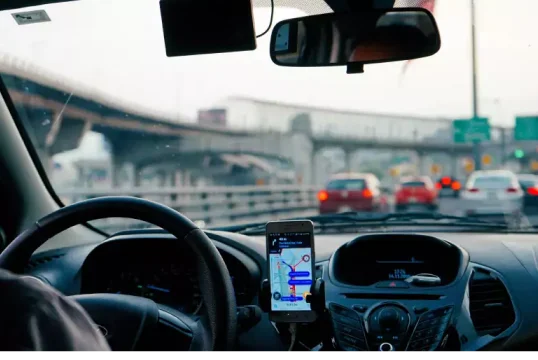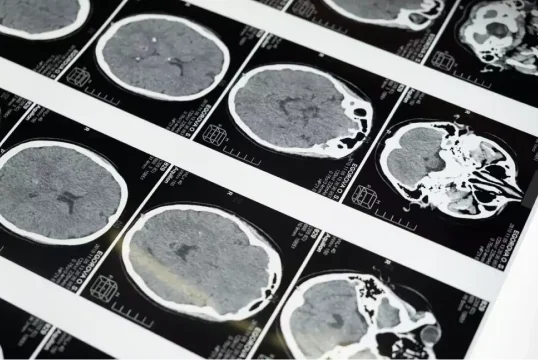California’s traffic system runs on more than lights and signs, it runs on law. From insurance minimums to strict reporting deadlines, every driver in the state is bound by rules that determine fault, compensation, and liability after a crash. Knowing these laws isn’t just trivia; it’s power.
This guide explains the 10 most important California car accident laws that can shape your claim, affect how much you recover, and help you avoid common mistakes after a collision.
1. California’s At-Fault System

California is an at-fault state, meaning the driver who causes the crash must pay for the resulting damages. Under California Vehicle Code § 17150, vehicle owners are responsible for injuries and property damage caused by their negligent driving or by anyone driving their car with permission.
With this law in place, car accident victims would have to file directly against the at-fault driver’s insurer, not their own, because at-fault party’s policy pays for medical costs, repairs, and lost wages up to its limits. As proving fault early shapes your settlement, having a clear liability determination gives insurers less room to delay or underpay.
2. Comparative Negligence – The 51 Percent Rule
California follows pure comparative negligence under Civil Code § 1714. Which means, even if you’re partly at fault, you can still recover damages, but your payout is reduced by your percentage of fault. For example, if you’re 25% at fault in a $100,000 case, you can still collect $75,000.
This rule is very important to be aware of because insurance adjusters use this rule to minimize payments. Evidence like skid marks, signal data, or dashcam video can lower your percentage and raise your recovery. For details on how this works in practice, visit our Comparative Negligence in California Accidents guide.
3. Statute of Limitations
Under California Code of Civil Procedure § 335.1, you generally have:
- Two years from the accident to file a personal-injury lawsuit
- Three years for property-damage claims
If a government vehicle or public entity is involved, a special claim must be filed within six months under California Government Code 911.2. If accident victims miss any of the respective deadline, the courts will dismiss your case, no matter how strong the evidence is in your favor.
4. Mandatory Insurance Minimums
Every California driver must carry minimum liability coverage of according to CVC § 16056:
- $15,000 for injury or death to one person
- $30,000 for injury or death to more than one person
- $5,000 for property damage
These limits are outdated and rarely enough for serious injuries. To protect yourself, add Uninsured/Underinsured Motorist and Medical Payments (MedPay) coverage.
5. Duty to Stop and Render Aid/Hit-and-Run
California law under CVC §§ 20001–20004 requires all drivers to stop at the scene, exchange information, and render aid if injuries occur. If a driver causes damage and leaves the accident scene, they can be held liable for damages and even criminal charges depending on the severity of the incident. For example:
- Injury or Death (§ 20001): Leaving an accident scene after causing injury or death is a felony
- Property Damage Only (§ 20002): Leaving an accident scene after causing property damage is a misdemeanor
With these things in mind, if you’re the victim, document everything and report immediately through the California Highway Patrol or local police. Visit the CHP Traffic Accident Reporting page for official reporting guidance.
6. Reporting to the DMV
Under CVC § 16000 any accident causing injury, death, or over $1,000 in damage must be reported to the California DMV within 10 days using Form SR-1. Failing to file can result in license suspension, even if the other driver was at fault. Insurers sometimes handle this for you, but confirming submission avoids surprises.
7. Distracted Driving and Phone Use
California prohibits drivers from holding a cell phone while driving. Phones must be used hands-free—mounted or voice-activated. Texting, browsing, or video recording while in motion violates CVC § 23123.5. If a crash occurs and phone data shows distraction, insurers and juries will assign fault accordingly. Violations can also support punitive damages if the behavior is egregious.
For statewide data, see the California Office of Traffic Safety campaign on distracted driving at gosafelyca.org.
8. Drunk and Drugged Driving
Driving under the influence of alcohol or drugs is illegal under CVC § 23152, and causing injury while impaired elevates the charge to § 23153, a felony. A DUI automatically strengthens your civil claim for damages. On top of it all, punitive damages are not capped when the defendant was intoxicated.
For prevention and statistics, reference the NHTSA’s Impaired Driving Resource and California DUI Programs at dmv.ca.gov.
9. Rideshare and Commercial Vehicle Rules
When Uber, Lyft, or delivery drivers are involved, California’s Assembly Bill 5 and Insurance Code § 5430 govern coverage.
- App off → Personal policy applies
- App on (no ride) → Limited contingent coverage
- Ride accepted → $1 million liability coverage
Due to the nature of rideshare accidents, multiple insurers may share responsibility, which can complicate negotiations. As such, the preservation of driver-app data and telematics is critical. Learn more on our California Rideshare Accident Lawyer page.
10. Damages and Caps on Recovery
California allows recovery for both economic and non-economic damages, including medical expenses, lost income, and pain and suffering. Punitive damages are available when a defendant acts with malice, oppression, or fraud under Civil Code § 3294.
Unlike some states, California does not cap pain-and-suffering awards in car-accident cases. With that in mind, documenting injuries, wage loss, and emotional impact maximizes recovery. In addition, DUI or reckless-driving cases, punitive exposure increases settlement leverage.
Other Rules That Can Affect Your Claim
- Seat Belt Law (CVC § 27315): Failure to wear a seat belt can reduce compensation.
- Move-Over Law (CVC § 21809): Drivers must change lanes or slow when passing emergency vehicles.
- Speed Limits (CVC § 22350): The basic-speed law prohibits driving faster than is reasonable for conditions.
- Pedestrian Right-of-Way (CVC § 21950): Drivers must yield to pedestrians in crosswalks.
Knowing these details can prevent citations that undermine your credibility in a claim.
How West Coast Trial Lawyers Can Help
At West Coast Trial Lawyers, we use California’s accident laws to your advantage. Our attorneys handle everything from police reports, medical records, expert evidence, to insurance negotiations and everything in between. With over 25 years of experience, we’ve recovered hundreds of millions for injured Californians, and we never charge upfront fees.
If you’ve been injured anywhere in the state, contact our California Car Accident Lawyers for a free, confidential consultation today. Call (213) 927-3700 or fill out this confidential contact form.


